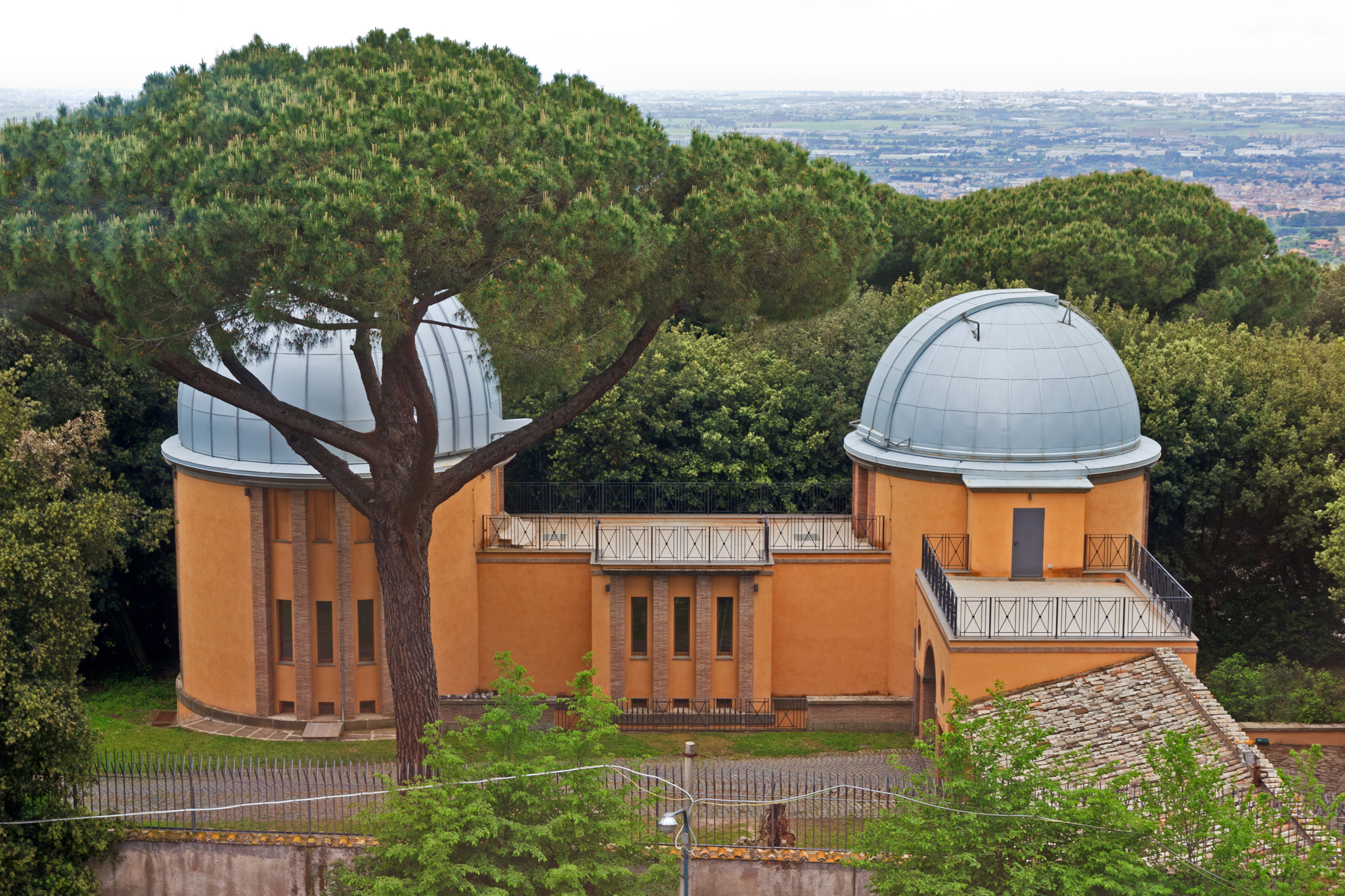They fall from the sky every day and missions to space bring them to earth. They are meteorites and extraterrestrial samples and they need care and analysis.
What does one do with a rock from space? A gathering this week is sharing ideas.
The Vatican Observatory will host the first-ever workshop on the Curation of Meteorites and Extraterrestrial Samples at its headquarters in the Papal gardens of Castel Gandolfo. Held from September 10‐13, the meeting will bring together an international group of meteorite and extraterrestrial sample curators to exchange ideas, discuss best practices, and to explore ways to better serve the scientific community.
 Thirty curators and collections managers will be at this meeting, representing 27 scientific institutions from around the world. These include museums, universities, and institutions throughout Europe, the United States, Canada, Russia, Morocco, and Japan. The curators not only care for meteorite collections but also specimens gathered from space missions, such as the NASA Apollo moon rocks and the specimens from the Hayabusa mission to the asteroid 25143 Itokawa.
Thirty curators and collections managers will be at this meeting, representing 27 scientific institutions from around the world. These include museums, universities, and institutions throughout Europe, the United States, Canada, Russia, Morocco, and Japan. The curators not only care for meteorite collections but also specimens gathered from space missions, such as the NASA Apollo moon rocks and the specimens from the Hayabusa mission to the asteroid 25143 Itokawa.
“The community of curators has been trying to organize itself for many years,” says Br. Robert Macke, S.J., the curator of the Vatican meteorite collection and one of the organizers of the workshop. “This workshop represents a wonderful opportunity for us, and I am excited and pleased that the Vatican Observatory can host such an important meeting.” The meeting is sponsored by the Vatican Observatory and the Meteoritical Society.
“It will be a good occasion to familiarize ourselves with the different collections and how they are curated,” says Ludovic Ferrière, co‐curator of meteorites at the Natural History Museum of Vienna, Austria, and co‐coordinator of the workshop. He adds, “A number of different topics will be discussed, some historical aspects, of course, but also about the curation of future sample‐return missions and the associated technical challenges and current issues.”
In addition to sharing information about the collections under their care, curators will address topics of interest to the meteorite community. These include the allocation of specimens for research, legal concerns about ownership and acquisition, recording and sharing information about specimens and the research conducted on them, growing the collections to better serve the scientific community, and conserving specimens for the future.
“One of the main purposes of curation is to make precious samples available to science for several generations,” says Ferrière. “For years, meteorite curators have had to figure things out independently,” says Macke, “Now we are finally coming together as a community.”
Meteorites are found every day, and planned space missions will gather even more specimens. The future also promises new and better instrumentation for research. Curators must plan for the future, and this meeting will help them do that.

Wikimedia Commons
Vatican Observatory to Host First-Ever Workshop on Meteorite Curation
International Group of Meteorite and Extraterrestrial Sample Curators


